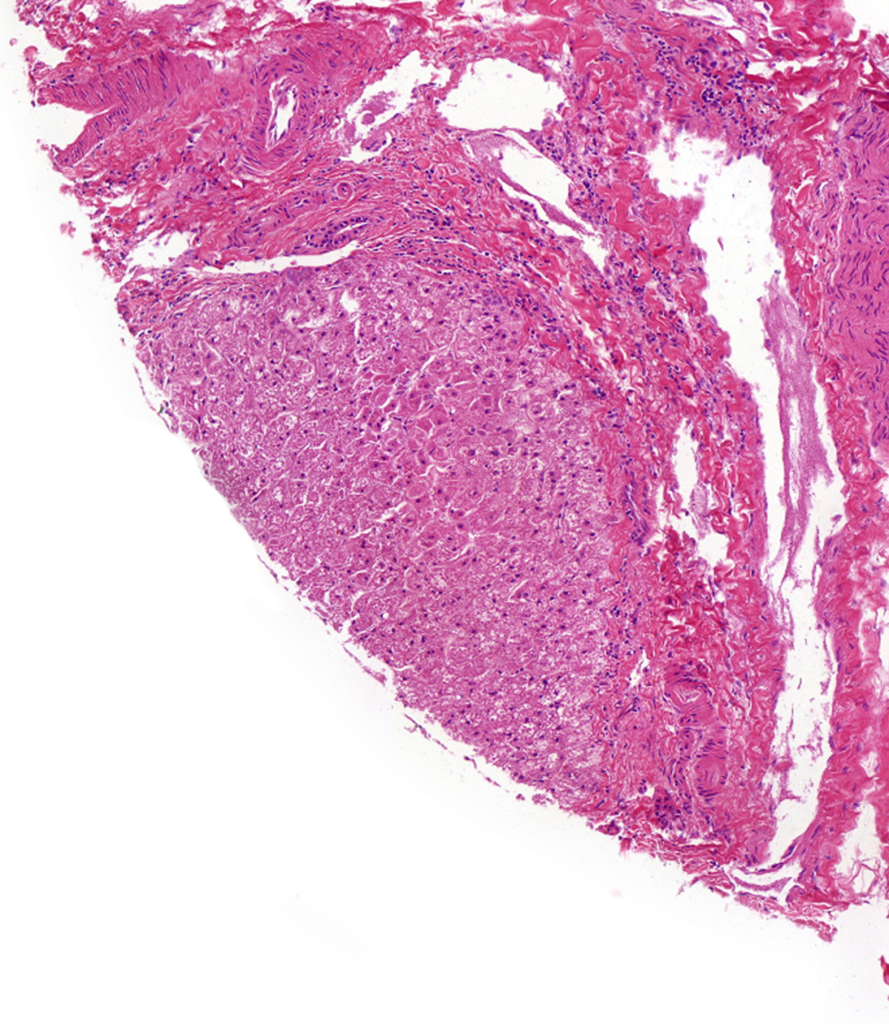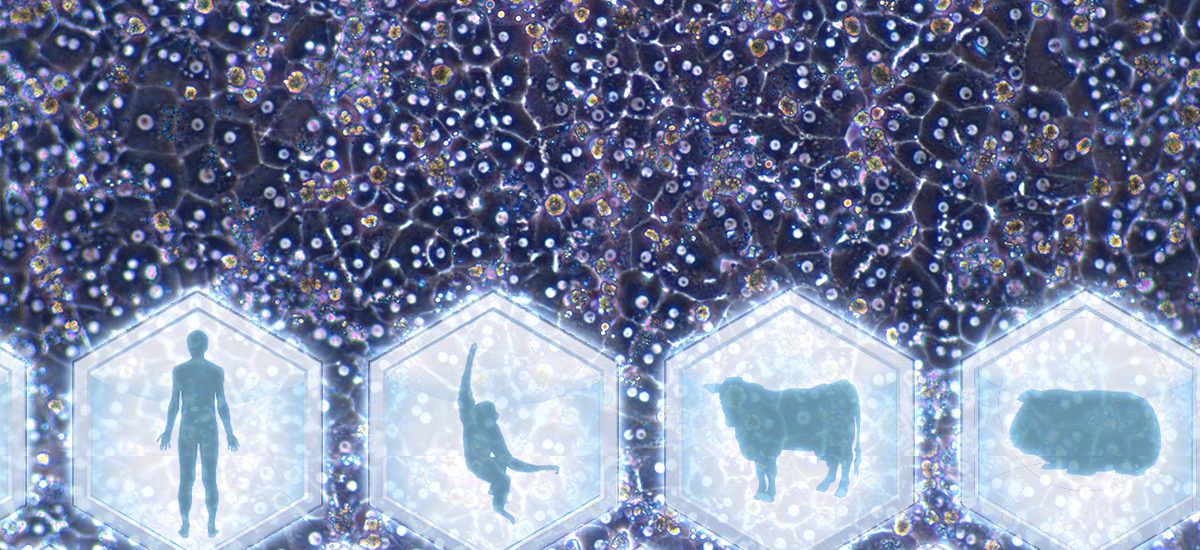Subcellular fractions from human and animal cells are widely used in drug discovery and preclinical development to evaluate in vitro metabolism of drug candidates. We offer preparations of homogenate, S9, cytosol, microsomes, and mitochondria from hepatic and extrahepatic tissue for use with in vitro assays to predict a drug compound’s behavior in a human.

Cell Fractions for Assays in Drug Discovery & Development
Microsomes contain the highest concentration of many important drug-metabolizing enzymes including cytochrome P450 (CYP) and UDP-glucuronosyltransferase (UGT) enzymes. Homogenate and S9 fractions contain a mixture of membranes and soluble enzymes that can be further fractionated into cytosolic and microsomal subcellular fractions. Homogenate and S9 express a wide variety of phase I and phase II enzymes and are recommended for many different PK/ADME studies. Microsomal fractions are enriched for phase I enzymes, while cytosolic fractions contain various soluble drug-metabolizing enzymes and are a recommended test system for evaluating phase II metabolic reactions of a test compound – especially once reactions have been observed in S9 fractions.
Human Liver Cell Fractions
Human liver subcellular fractions can be very useful in evaluating drug metabolism. We offer the largest selection of human liver preparations on the market, including homogenate, genotyped microsomes, S9, cytosol, mitochondria, and lysosomes. Many lots available are made from large donor pools to minimize lot-to-lot variation and increase long-term availability of each lot.
Human Extrahepatic Cell Fractions
Human extrahepatic subcellular fractions including preparations from small intestine, kidney, skin, and lung, can be used by drug developers to investigate extrahepatic metabolism of a drug candidate.
Animal Subcellular Fractions
Animal subcellular fractions are used in drug development as predictive test systems to evaluate liver and extrahepatic metabolism of drug compounds, using data from animal studies to extrapolate how they may metabolize in humans. We offer many preclinical species including rat, mouse, dog, minipig, monkey, and others.
NADPH Regeneration & Buffers
Our selection of buffers & NADPH regeneration systems include our RapidStart™ NADPH regeneration media and 10x catabolism buffer for lysosomes and tritosomes.
Not sure which test system is appropriate for your assay?
Watch our how-to guide for selecting cell fractions presented by Global Technical Support Manager, Dr. Chris Bohl:
Custom Subcellular Fraction
If you require subcellular test systems not available through our standard product offerings, Custom Subcellular Preparations can be easily ordered to meet the specific needs of your study.
Our designated Custom Products team regularly prepares and isolates cells and/or subcellular fractions from more than 45 different species and has capabilities to meet unique needs that are unavailable through most vendors– non-standard rodent strains, farm animals, insects, precarious tissue isolations such as adrenal gland or jejunum. Our specialists can carry out over 40 characterization assays, providing the end user with a good foundation for their DMPK assays. See our Custom Products page for examples of past custom preparations or get in touch with a specialist to find out how we can meet your needs.

Subcellular Fractions in Research & Preclinical Development
Species differences, metabolic stability, in vitro intrinsic clearance, reaction phenotyping, and CYP/UGT enzyme inhibition can all be evaluated with subcellular fractions from human donors and toxicologically relevant animal species. These fractions represent a preferred test system when investigating Phase I and Phase II drug metabolism due to the wide variety of enzymes enriched to high concentrations relative to cellular systems.
Our unique preparation methods allow you to get the most out of your test systems:
- Large donor pools for higher accuracy in average activity levels
- Large lots for consistency between assays
- Availability of matching S9, microsomes, and cytosol for correlation between studies using different test systems.
See the Science: Published research investigating mechanisms of Phase I and Phase II enzymes in drug metabolism & other key assays
Paper:
Posters:
- The Effects of Organ Preservation Solution on Aldehyde Oxidase and Xanthine Oxidase Activity in Pooled Human Liver S9
- UGT Inhibition Studies in the Presence or Absence of Alamethicin
- Evaluation of Chemical Inhibitors for UDP-glucuronosyltransferase (UGT) Reaction Phenotyping Assays in Human Liver Microsomes
- Assessment Under Initial Rate Conditions of the Selectivity and Time Course of Cytochrome P450 Inactivation in Pooled Human Liver Microsomes and Hepatocytes
- The Effect of Buffer Ionic Strength or Various Media on the In Vitro Metabolism of Cytochrome P450 Substrates in Pooled Human Liver Microsomes and Cryopreserved Human Hepatocytes
- Selection of human liver S9 and cytosol fractions for evaluating clearance by aldehyde oxidase (AO)
- Test system-dependent clearance of CYP2D6 and CYP3A4/5 substrates
- Human liver S9 fractions stored at -70°C maintain high phase I and phase II enzymatic activities over multiple freeze/thaw cycles and for at least 10 years
- Midazolam clearance in human hepatocytes is restricted compared with human liver microsomes but not by cell permeability or cofactor availability
- In vitro inhibition and induction of human liver cytochrome P450 enzymes by NTBC and its metabolism in human liver microsomes
- Inhibitor Depletion by Metabolism and/or Microsomal Binding Leads to Underestimation of the Shifted IC50 Value

